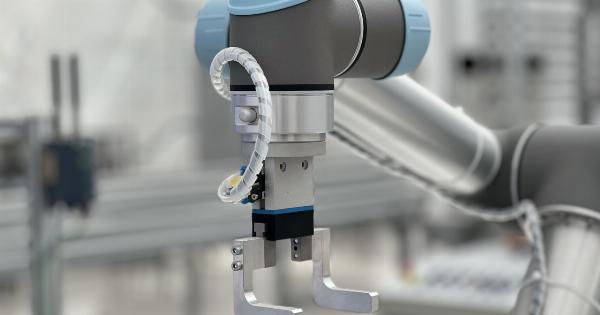Minimally invasive hip arthroplasty is a surgical technique that aims to minimize tissue damage and achieve faster recovery for patients undergoing hip replacement surgery.
Over the years, advances in technology and surgical techniques have led to the development of advanced minimally invasive hip arthroplasty procedures, further enhancing patient outcomes.
The Evolution of Minimally Invasive Hip Arthroplasty
Traditional hip replacement surgery involved large incisions, muscle dislocation, and extensive tissue damage. This led to prolonged hospital stays, increased pain, and longer recovery periods for patients.
With the introduction of minimally invasive techniques, these challenges were mitigated.
Initially, minimally invasive hip arthroplasty involved smaller incisions and limited muscle dislocation. However, with advancements in surgical instruments and imaging technology, more advanced procedures have emerged.
Direct Anterior Approach
The direct anterior approach is a minimally invasive technique that allows hip replacement surgery to be performed through a small incision at the front of the hip.
This approach provides numerous benefits, including reduced tissue trauma, decreased post-operative pain, shorter hospital stays, and quicker rehabilitation.
The direct anterior approach utilizes specialized surgical tables and fluoroscopic guidance to ensure accurate implant positioning.
Furthermore, it allows for muscle-sparing techniques, reducing the risk of post-operative complications such as dislocation.
Robot-Assisted Minimally Invasive Hip Arthroplasty
Advances in robotics have revolutionized the field of orthopedic surgery, including hip arthroplasty. Robot-assisted minimally invasive hip arthroplasty involves the use of robotic systems to assist the surgeon in implant positioning and alignment.
By utilizing robotic guidance, the surgeon can achieve exceptional precision in implant placement, thereby optimizing the patient’s functional outcome.
The robotic system provides real-time feedback to the surgeon, ensuring accurate bone preparation and optimal joint stability.
Navigation-Assisted Minimally Invasive Hip Arthroplasty
Navigation-assisted minimally invasive hip arthroplasty employs computer-assisted technology to improve the accuracy of implant placement.
This technique involves the use of infrared cameras and specialized trackers to provide real-time visual feedback to the surgeon.
Through navigation assistance, surgeons can precisely plan implant positioning, including optimal cup placement, leg length restoration, and femoral fit.
This technology enhances the overall accuracy and reproducibility of hip arthroplasty procedures, leading to improved patient outcomes.
Advantages of Advanced Minimally Invasive Hip Arthroplasty
1. Shorter hospital stays: Advanced techniques allow for a quicker recovery, reducing the length of hospitalization for patients.
2. Faster rehabilitation: Minimally invasive hip arthroplasty procedures enable patients to resume their normal activities at a faster pace.
3. Reduced post-operative pain: Minimal tissue trauma leads to decreased pain and the need for fewer pain medications.
4. Lower risk of complications: Advanced techniques, such as muscle-sparing approaches, reduce the risk of dislocation and other post-operative complications.
5. Improved implant longevity: Precise implant positioning and alignment, facilitated by advanced technology, promote the longevity of hip replacements.
Risks and Considerations
While advanced minimally invasive hip arthroplasty offers numerous benefits, it is essential to acknowledge potential risks and considerations. These include:.
1. Surgeon expertise: Advanced techniques require specialized training and expertise for optimal outcomes.
2. Availability of technology: Not all healthcare facilities may have access to advanced robotic or navigation-assisted systems.
3. Potential learning curve: Surgeons who are transitioning to advanced techniques may initially experience a learning curve, which could impact patient outcomes.
Conclusion
Advanced minimally invasive hip arthroplasty techniques, such as the direct anterior approach, robot-assisted surgery, and navigation assistance, have revolutionized hip replacement procedures.
These advancements have resulted in shorter hospital stays, faster rehabilitation, reduced post-operative pain, and improved implant longevity. However, it is crucial for surgeons to undergo specialized training and consider factors such as technology availability and potential learning curves.
With continued research and innovation, advanced minimally invasive hip arthroplasty will likely become the standard of care in the field of orthopedic surgery.



























